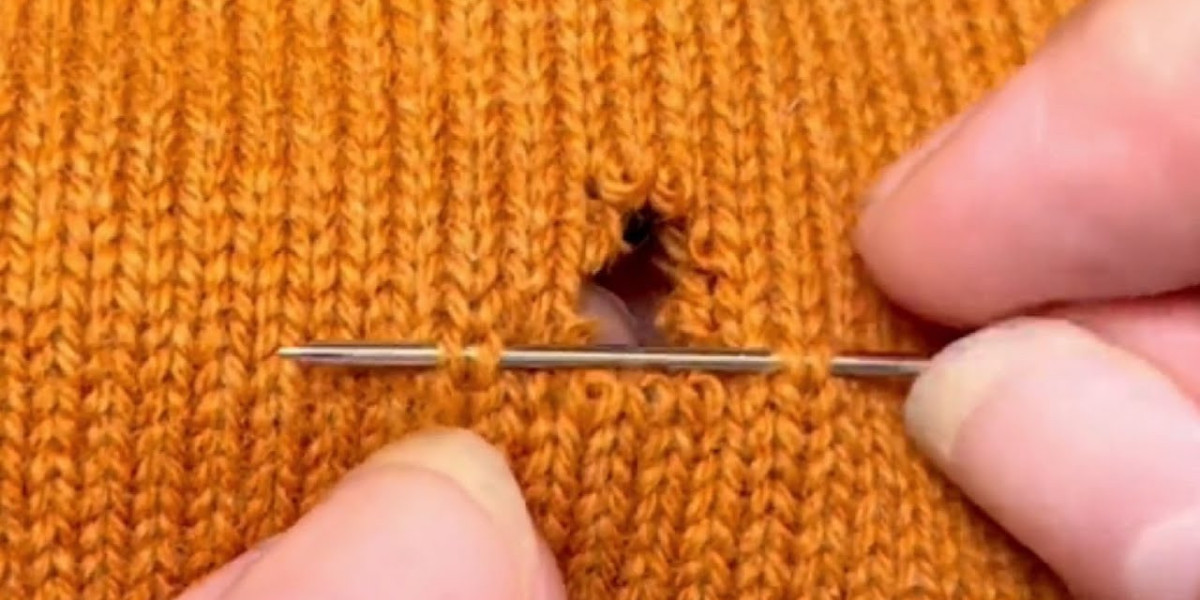Clothes moths feed on natural fibers like wool, cashmere, fur, leather and silk. They're also attracted to synthetic fabrics soiled with sweat, food stains or pet hair.
Regular inspection, vigilance in vulnerable areas and preventive measures can help protect your duds from moth holes. Check out this article for tips from an entomologist on how to keep your clothes moth-free.
Causes
Clothes moths thrive in dark, enclosed spaces like closets and drawers. They feed on natural fibers such as wool, cashmere, mohair, silk and fur. They are also attracted to stains, sweat, food residue and pet hair. Infestations can be very difficult to eradicate and often take time. Start by giving the affected clothing, shoes and rugs a deep clean. Thoroughly vacuum, paying special attention to corners and nooks and crannies.
Next, look for any moth eggs or webbing. Those pesky eggs will turn into larvae that attack the fabric from the inside. Eventually, they will leave behind threadbare spots in the garment and possibly fecal pellets. While you’re looking, pay particular attention to any areas where sweat or food has collected, including the neckline, cuffs and pockets of clothes. If these items are severely damaged, it’s probably best to just throw them away. This may be hard to do, but it’s the best way to rid yourself of moths.
Symptoms
There’s nothing more disappointing than reaching into your closet for a favorite sweater only to discover one or more telltale little holes. But don’t blame your clothes for that—it’s the moths that are at fault. Adult moths lay their eggs on coziest sweaters and coats, and those larvae love to eat the natural fibers like wool, cashmere and silk that are in those garments. They also eat fur, hides, hair and feathers.
These pests are weak fliers and tend to hide in dark spaces, but they won’t stay hidden forever. Eventually, they’ll give you a reason to thoroughly inspect your clothes, carpets and furniture for signs of an infestation. The signs of moth damage to clothing are small, irregularly shaped openings that can range from pinpricks to larger holes and may have a jagged or frayed edge. Sometimes the holes are accompanied by gritty fecal matter and cocoon material, which look a bit like spun webbing.
Treatment
The first step in identifying moth holes is to thoroughly examine your clothes, especially those that have been stored in closets and drawers. It’s a good idea to do this on a sunny day, as the bright light helps you spot damage that might not be visible indoors. Look for splotchy, uneven areas of fabric, or frayed edges where the larvae have eaten away the fibers. Also check for a gritty, spun webbing and cylindrical pupal cases.
Once you confirm that your clothing is infested with moths, wash all machine-washable items in the highest temperature that their tags recommend and dry clean non-machine-washable garments. You can also try sachets of fresh lavender or cedar, or a natural bug repellant spray, around your storage areas to keep moths and other pests away from your precious fabrics. Make sure to vacuum and clean your clothing storage areas often, too. This is a great way to keep your clothes looking their best and extend their life.
Prevention
A moth infestation can cost you hundreds of dollars in clothing and other home furnishings. Fryer recommends that you keep your clothes clean, dry and in good condition and to avoid storing any items in places where moths can find them. Natural bug repellants are also helpful. Fryer suggests sachets of lavender, rosemary and cedar.
You should regularly check your closets, drawers and the back of your furniture to make sure there are no moth eggs or larvae present. Pay special attention to any areas where moths like to hide, such as the folds of a sweater or the creases on a shirt.
The best way to prevent moth holes is to wash, air and shake out your fabrics regularly. You can also heat-treat or freeze any non-machine-washable items to kill moth larvae without risking your favorite sweaters. These chemical-free methods are particularly effective for silk, wool, fur and feathers. However, they require frequent re-treating and may take time away from your other activities.



